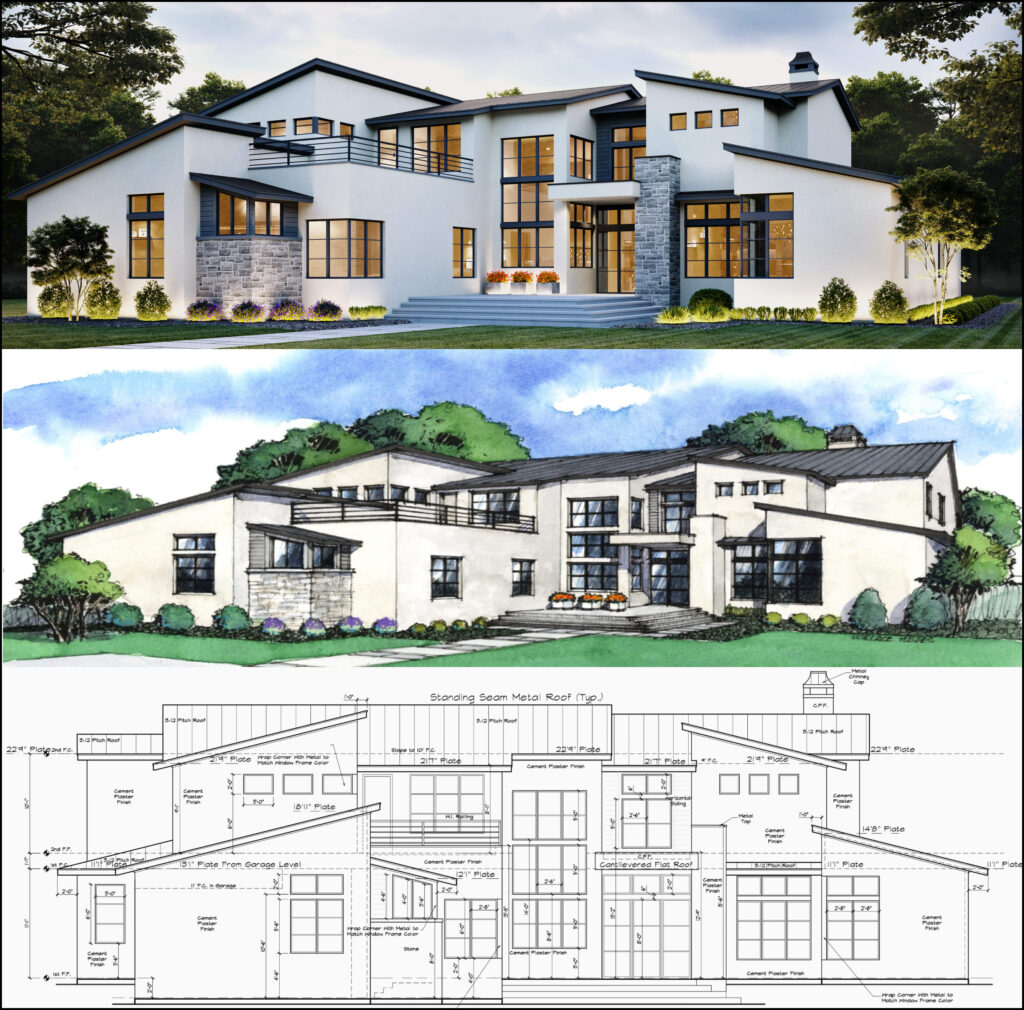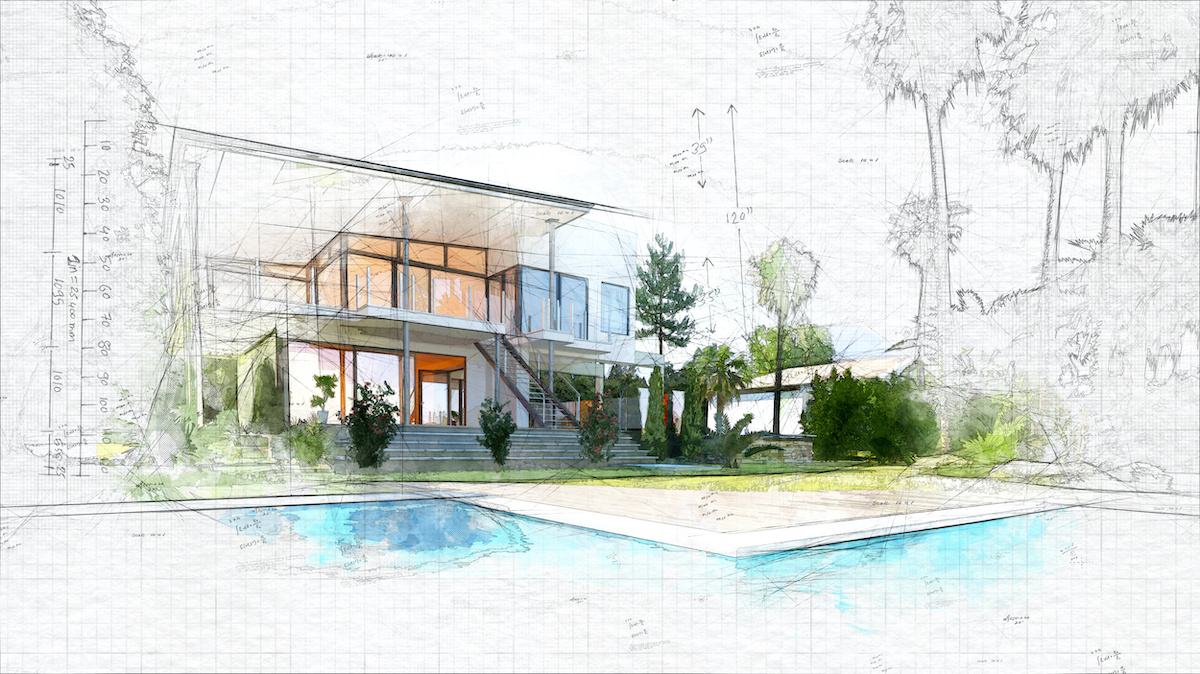Exactly How CDA Architects Integrate Eco-Friendly Practices in Architectural Projects
Exactly How CDA Architects Integrate Eco-Friendly Practices in Architectural Projects
Blog Article
Comprehending the Collaborative Refine In Between Architects and Engineers in Modern Building Projects
The joint process between designers and designers is important in contemporary building and construction tasks, as it harmonizes design intent with engineering usefulness. This collaboration not just influences the aesthetic and practical facets of a task but likewise plays an essential function in resolving sustainability obstacles. By employing effective communication methods and leveraging innovative technologies, such as Building Info Modeling (BIM), groups can function more cohesively. The details of this collaboration frequently existing distinct obstacles that can impede progression. Discovering these characteristics reveals insights that might considerably impact task end results and total industry requirements. cda architects.
The Value of Collaboration
The joint synergy between designers and designers is crucial for the successful awareness of any type of construction job. This partnership brings with each other unique competence and perspectives, making it possible for the combination of innovative style with practical design solutions. By functioning together, engineers and engineers can make sure that a project not just meets aesthetic and useful requirements yet also follows safety, sustainability, and monetary restraints.
Collaboration cultivates a common vision, assisting in the alignment of goals and assumptions from the outset. This positioning is critical in dealing with possible challenges and mitigating dangers that can arise during the task lifecycle. A collective strategy allows for the efficient allowance of sources, maximizing both time and price.
The importance of partnership expands to the repetitive procedure of design and construction, where comments from engineers can notify building choices, bring about even more feasible and sustainable designs. Conversely, designers can influence engineers to believe creatively regarding exactly how to accomplish architectural stability without endangering artistic intent. Ultimately, the collaborative relationship between architects and engineers is not merely beneficial; it is fundamental to the creation of high-quality, functional, and cutting-edge constructed environments that fulfill the demands of culture.
Communication Techniques and Tools
Effective interaction strategies and devices are important for promoting partnership in between designers and engineers throughout the project lifecycle. Developing clear networks of interaction is vital to make sure that all employee are straightened with task purposes, timelines, and duties. Regular conferences, both in-person and digital, give chances for stakeholders to go over development, address issues, and make informed decisions.

Furthermore, taking on collaborative communication devices, such as Slack or Microsoft Teams, enables instant messaging, data sharing, and continuous conversations, promoting a more active feedback to emerging issues. Paper monitoring systems also play a vital duty in organizing project paperwork, making sure that all group members have access to the most current details.
Shared Objectives and Project Vision
A combined job vision offers as the structure for effective cooperation in between architects and engineers (cda architects). This shared vision not only lines up the efforts of both celebrations however likewise develops a typical structure for decision-making throughout the task's lifecycle. By expressing clear objectives, stakeholders can properly browse the intricacies of modern-day building and construction tasks, ensuring that both aesthetic and functional needs are fulfilled
Developing common objectives includes open discussion and a complete understanding of each technique's payments. Designers commonly concentrate on layout intent, spatial partnerships, and customer experience, while designers stress structural integrity, systems functionality, and compliance with regulations. When these perspectives are aligned, the outcome is a cohesive task that complies with both imaginative ambitions and technological usefulness.
Moreover, a distinct task vision promotes accountability amongst group members, encouraging each individual to take ownership of their duty in accomplishing the desired outcome. Normal check-ins and collaborative workshops can further enhance this commitment, permitting for modifications to be made as the project advances. Eventually, a common vision not only enhances team effort but additionally raises the top quality of the final deliverable, leading to effective project conclusion.
The Role of Innovation
Leveraging innovation has ended up being crucial in improving cooperation between engineers and engineers. Building Details Modeling (BIM) stands out as a critical modern technology, allowing both designers and designers to create thorough 3D designs that envelop design intent and structural stability.
Additionally, cloud-based systems make it possible for seamless partnership, enabling project stakeholders to access and update project data from anywhere. This fosters a culture of transparency their website and accountability, as changes can be tracked and reviewed in real-time. Furthermore, mobile applications further boost interaction, supplying on-site groups with instant access to project requirements and updates.
Arising innovations such as synthetic knowledge and artificial intelligence are also starting to play a function in predictive evaluation, assisting teams recognize potential issues prior to they develop. Ultimately, the duty of technology in architecture-engineering cooperation not only boosts process efficiencies however also improves development, bring about more effective project end results. By embracing these technical advancements, designers and designers can guarantee an extra cohesive and effective collaborative procedure throughout the construction lifecycle.
Study in Successful Collaborations
Numerous study show the extensive influence of effective collaborations in between architects and engineers on task outcomes. One significant instance is the collaboration on the High Line in New York City, where landscape engineers, designers, and urban coordinators collaborated to transform an abandoned railway right into a vibrant public park. This multidisciplinary method not just boosted the visual quality however likewise made certain architectural safety and environmental sustainability.

The Burj Khalifa in Dubai further shows the value of joint efforts - cda architects. The combination of design and engineering knowledge enabled the task group to achieve unprecedented elevations while adhering to safety laws and visual vision
These examples emphasize the value of communication, trust, and shared goals. In today's complex construction atmosphere, such partnerships are essential to browsing challenges and supplying jobs that meet both practical and visionary goals.
Verdict
To conclude, the cooperation between engineers and engineers is essential for the success of Source contemporary construction jobs. Effective interaction techniques, a shared task vision, and the combination of advanced innovations are critical elements that promote this partnership. By cultivating a culture of liability and leveraging tools such as Building Details Modeling browse around these guys (BIM), teams can browse project complexities, making certain that aesthetic, useful, and sustainability objectives are accomplished. Ultimately, this synergy brings about innovative and effective task results.
Report this page